Tokenization: The Revolution Will Not Be Televised, But It Will Be Transacted
Tokenization holds immense promise to revolutionize traditional finance by digitizing real-world assets. However, challenges remain around regulations, adoption and infrastructure. Find out how Bitfinity is tackling these hurdles to unleash tokenization's true potential.
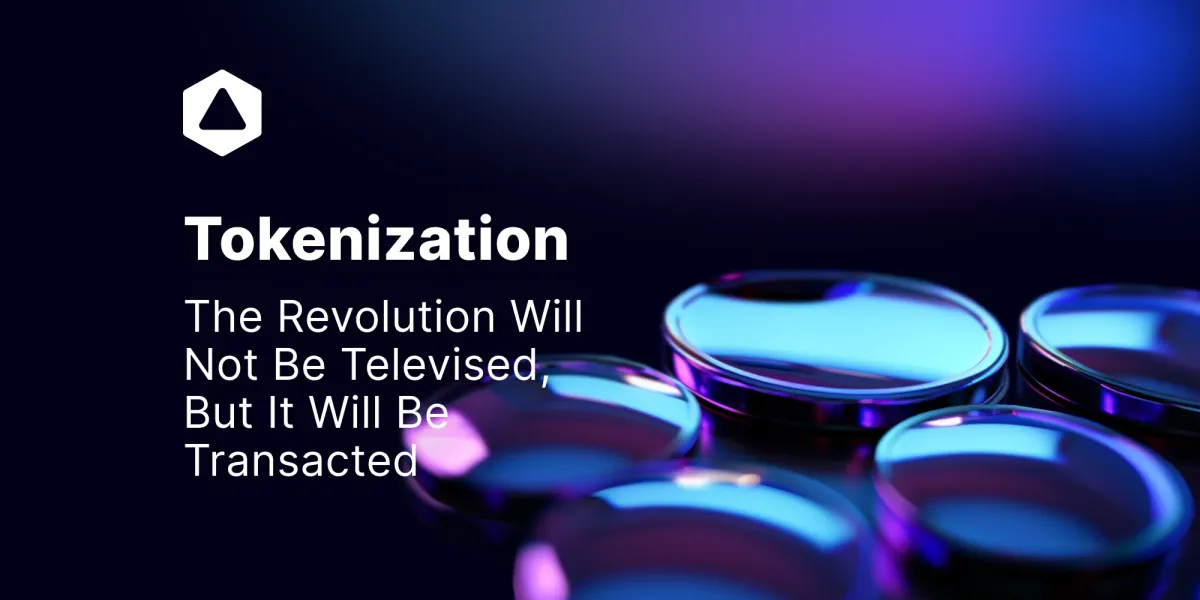
The tokenization will not be televised, a variant on the shift from traditional finance to a new finance realm where assets will be tokenized in a way that real-world assets or RWAs will be brought onto the blockchain, providing an advantageous alternative to problems businesses experience and markets have.
In this article, we are going to look at tokenization in the decentralized finance ecosystem and how it could create more opportunities for investors.
Blockchain Providing Transparency in Finance
Blockchain is one of the most transparent advanced database mechanisms. Its nature of transparency arises from being distributed across multiple connected computers across the chain, which makes it difficult for one single party to manipulate the already recorded information.
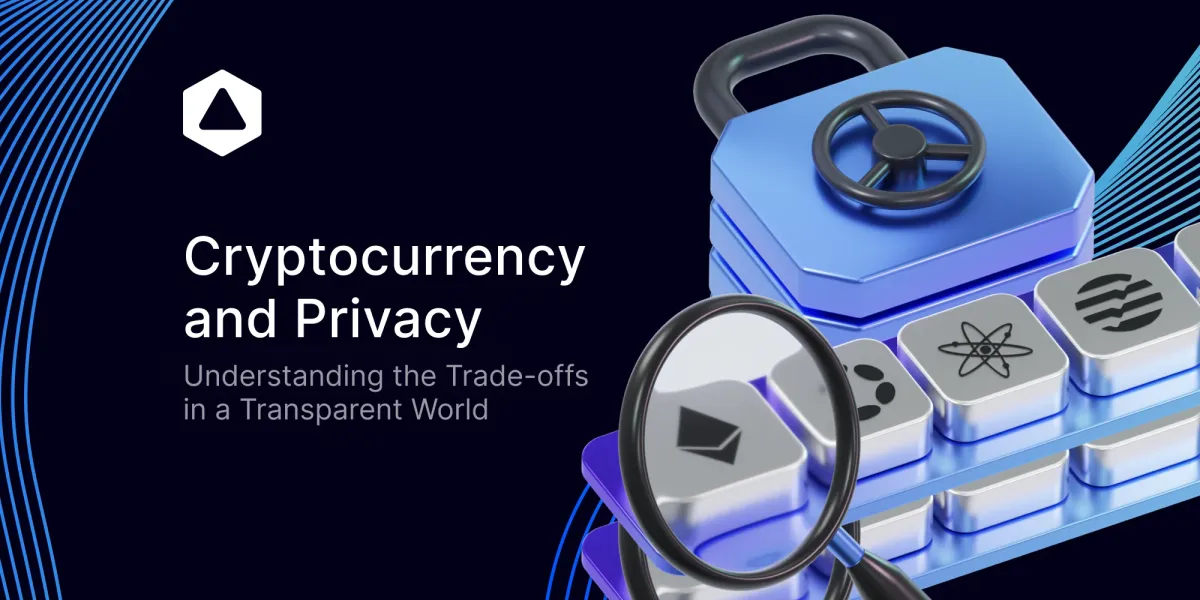
Most traditional financial markets are operated by big entities such as banks and institutions that have zero to none transparency. Part of this is called the crypto intervention of new advanced technologies with the ability to eliminate third parties or middlemen while still ensuring the full operation of the entity.
Tapping into Real-World Finance Markets
DeFi is in our collective memory huge within the crypto sector but when it comes to the general financial sector it remains a tiny emerging market, but one with huge growth potential.
For it to expand beyond its current scope, it must integrate with the broader, multi-trillion-dollar real-world finance markets. And start integrating real-world assets, tokenized versions of financial instruments. This is what we mean by the term 'Tokenization'.
Tokenization entails the process of creating digital representations of real-world assets on a public blockchain. This process allows these digital assets to be traded faster and more efficiently eliminating the need for intermediaries.
In short, it is the best things of crypto, such as easy fractional ownership of assets, 24/7 markets, rapid settlement, and potential higher liquidity brought to traditional finance and its assets.
Therefore, it has the potential to open up new asset classes and democratize finance. With the tokenization of global assets estimated to become a multi-trillion dollar industry over the next decade.
What Sectors Are Likely to Embrace Tokenization First?
Tokenization is a concept that most industries, governments, and organizations can’t afford to bypass. This concept brings more than just ownership of real-world assets on chain to form a fractionation of these assets and allow even those with limited assets ownership to access them.
Imagine you could possess ownership of an eminent artwork like Andy Warhol's, that would be great right? And besides items like famous artworks or memorabilia, we take a look at various sectors that are expected to embrace this new form of digital ownership.
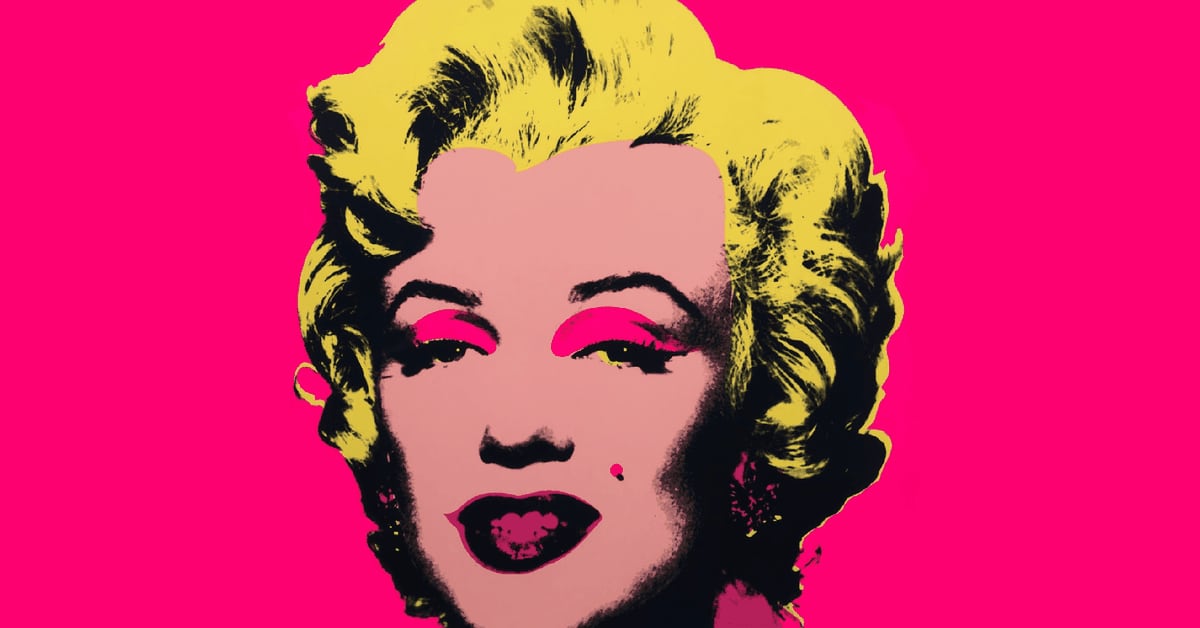
Financial Instruments
If we say all financial instruments, we mean all. Think of equities, like stocks, bonds, and fixed-income securities that, given their significant market capitalization and familiarity among investors, will be one of the first to be introduced. Buying a share of Amazon or Apple on the blockchain.
But also physical tradable assets, such as precious metals like gold and silver which are popular commodity assets to tokenize.
And loans, mortgages, and other debt agreements as well, that can be converted into tokenized assets. Investors can purchase tokens tied to the underlying debt principal and interest payments.
Real Estate
Secondly, real estate is considered a prime candidate for tokenization due to its tangible nature and substantial value, although it faces complexities in local regulations and property management. Tokenizing real estate will bring ownership of these tangible assets to a digital form for individuals who cannot afford funds and cover security issues.
Supply Chain, IP Management, and Healthcare
But it doesn't always have to be for speculation; also, digital tokens that stand for tangible objects can be used for real-time tracking, auto-quality checks, and transparent ownership shifts at each stage of the supply chain.
On the other hand, intellectual property is in fact also real world assets that are waiting to be tokenized. Tokens can be used to speed up the licensing process, automate royalty payments, achieve fractional ownership of royalties, and permit its trading.
Also, tokenization may see adoption within the healthcare sector. Patient data tokenization can securely store and transfer medical records while maintaining privacy, enabling seamless data sharing across providers and decentralized healthcare marketplaces.
However, these last mentioned sectors may see delayed tokenization due to the need for tailored blockchain solutions and complex regulatory frameworks that must be navigated.
Stablecoins
Lastly, we come to the most used token of them all. The stablecoins, which are essentially just a digital representation of fiat currencies, are likely to lead the charge due to their stability and growing regulatory clarity. If we take a look at DeFi Lama, we see that these stablecoins only know ‘up only” in terms of allocation.

Addressing the Trade Finance Gap
The trade finance gap, which is usually referred to as the space between requests and approvals for financing to support imports and exports, reached in the year 2023 a record of $2.7 trillion. In other words, it is the difference between the demand for capital by small and medium-sized enterprises (SMEs) and the available supply of its capital that is falling short.
The Tokenized Solution
To address this gap, enabling the tokenization of assets provides investors and entrepreneurs with access to an almost unlimited form of financing that would otherwise be out of reach or completely unavailable, particularly in remote areas or for those without traditional banking opportunities.
It helps overcome the trade finance gap by allowing stable traditional assets to be validated and represented on the blockchain, which enables ownership rights to be held and traded.
By digitizing financial assets with blockchain, it can remarkably reduce execution times, eliminate the risk associated with paper-based transactions, and provide more competitive rates. Several things to watch out for.
Key Challenges in Mass Adoption of Tokenized Assets
But we aren’t there yet and tokenization is a process that will take its time and experimentation phase before it finally hits home. Some things that burden the industry are similarly difficult to bridge when tokenizing the traditional finance world. Some include:
Regulations Around Investor Protection, KYC/AML and Custody
In order to tokenize anything, we have to pass through our guardian angels, the three or four letter agencies that apply appropriate regulations around Know Your Customer (KYC) and Anti-Money Laundering (AML) for onboarding investors, and securing investor interests, and preventing fraud.
On top of that, custody regulations are needed for storing and transferring tokenized assets securely. It is the lack of regulatory clarity that could be preventing larger scale institutional adoption.
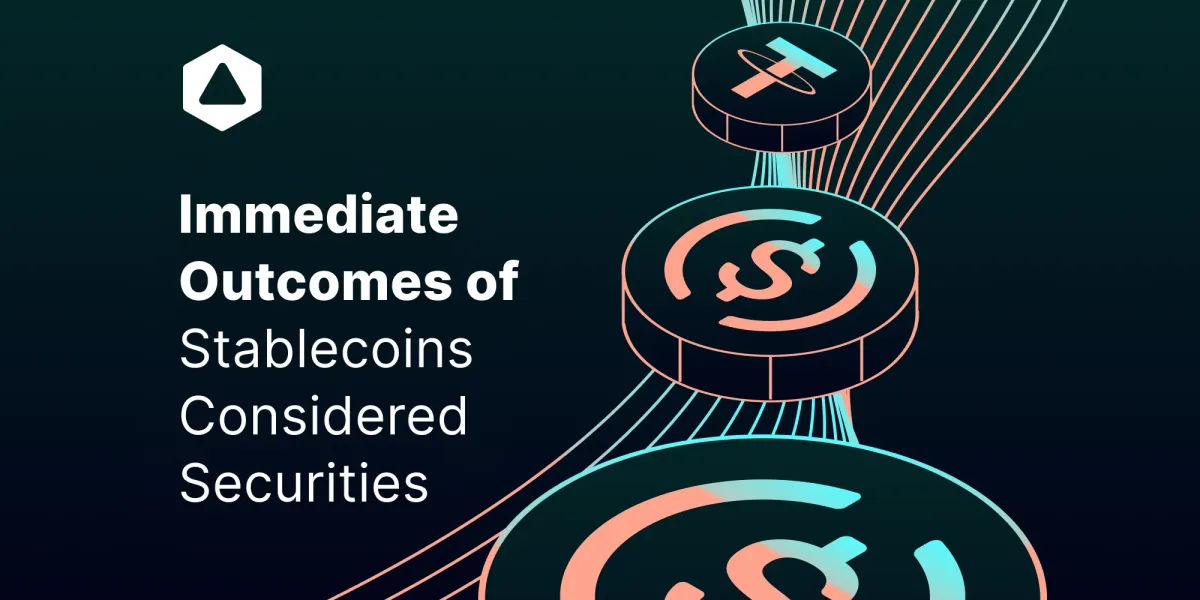
Liquidity of Tokenized Assets
A key benefit of tokenization is increased liquidity of assets that are traditionally illiquid. However, mass adoption requires developing markets and exchanges for trading these tokens at scale. Bootstrapping sufficient initial supply and demand is important but not yet at the point.
Mainstream Understanding and Education
While institutions are exploring tokenization behind the scenes, it remains an esoteric concept for the mainstream public. In order to get it, you need to educate yourself. It is this education and awareness that can drive retail investor adoption and create mass market demand. In crypto there are many scams, so you better watch out.
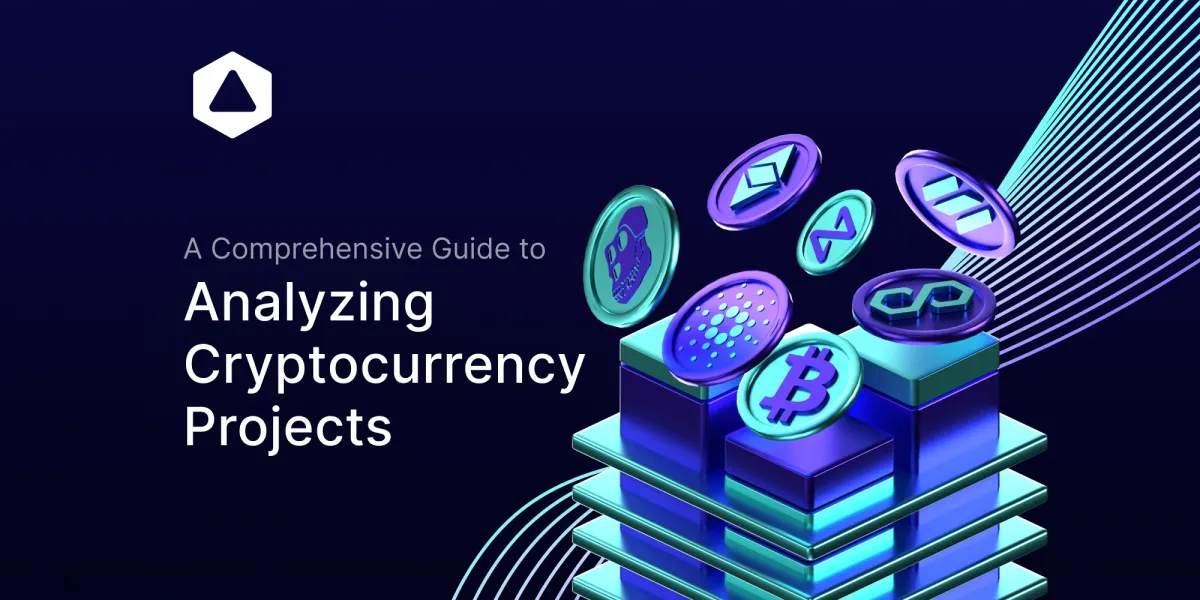
Interoperability Between Platforms
For tokenized assets to gain mass adoption, different tokenization platforms need to be interoperable. Currently, each platform is siloed and cannot communicate with each other. This is because some are written in different coding languages or simply exist on different blockchains.
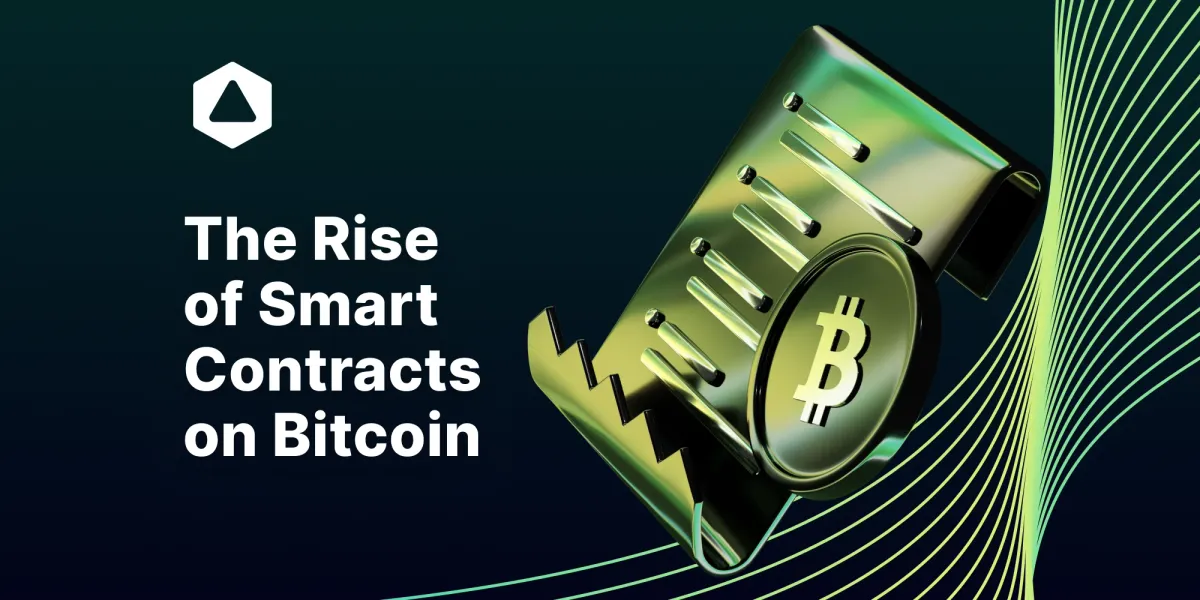
These tokens that are created on one platform cannot easily be traded on another. Solving interoperability is critical for creating liquidity across platforms. But what we know is that Bitfinity is actively trying to offer a bridge between the main blockchains. Due to its reliance on the technology of the Internet Computer, it can do so easily.
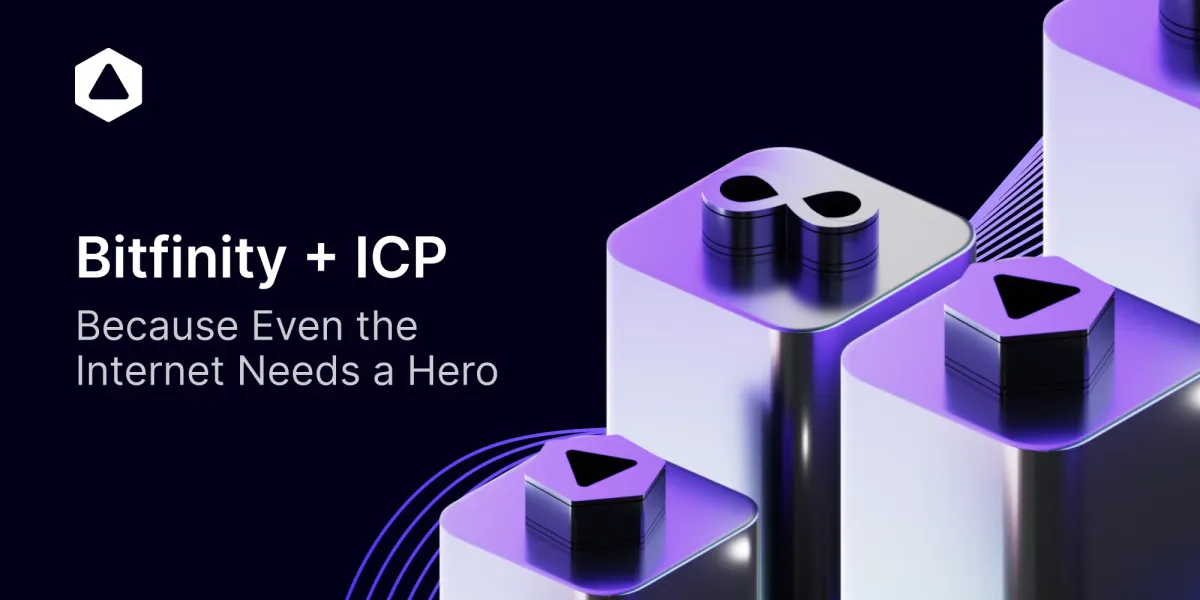
Overcoming these challenges requires more coordinated efforts between platforms, institutions, regulators, and users. But the benefits will outweigh the costs, and tokenized assets could be an inevitable emerging asset class of this decade.
Intrinsic Value of Real-World Assets
Real-world assets, unlike purely crypto assets, have intrinsic value based on contracts and services already performed. This tangible value proposal offers a more sustainable return on investment by providing stability during market fluctuations. This unique feature of RWA compared to crypto is essential for a diversified investment portfolio that balances speculative and stable yield assets.
Authorities are more familiar with tangible assets since they are in hand with their regulations. Therefore, tying crypto investments to real-world assets allows these projects to navigate regulatory frameworks more effectively.
In addition, the tokenization of real-world assets allows investors to explore the crypto world while minimizing risks associated with the volatile crypto market.
Real-world assets provide traditional investors with accessibility to blockchain technology without the need to engage with the potential instability associated with the cryptocurrency market.
Conclusion
In the future we can expect more real-world assets like invoices, royalties, and consumer loans to be tokenized and added to protocols on different chains. As more of $1,000 trillion in traditional markets is waiting to be tokenized, decentralized finance will be able to tap into new collateral and investment opportunities and provide a new financial system.
Blockchain and its unique aspects are set to redefine the financial landscape which ranges from the application of DeFi to the tokenization of real world assets. As legal and regulatory structures mature, the full potential of these technologies will likely be realized across various sectors of the economy.
With Bitifinity, which creates solutions for bridging the gap between the biggest blockchains, it will be a matter of time after a series of experimentations provide a new solution for providing liquidity and bringing a more tokenized revolution on-chain.

Connect with Bitfinity Network
Bitfinity Wallet | Bitfinity Network | Twitter | Telegram | Discord | Github

*Important Disclaimer: While every effort is made on this website to provide accurate information, any opinions expressed or information disseminated do not necessarily reflect the views of Bitfinity itself. The information provided here is for general informational purposes only and should not be considered as financial advice.




Comments ()